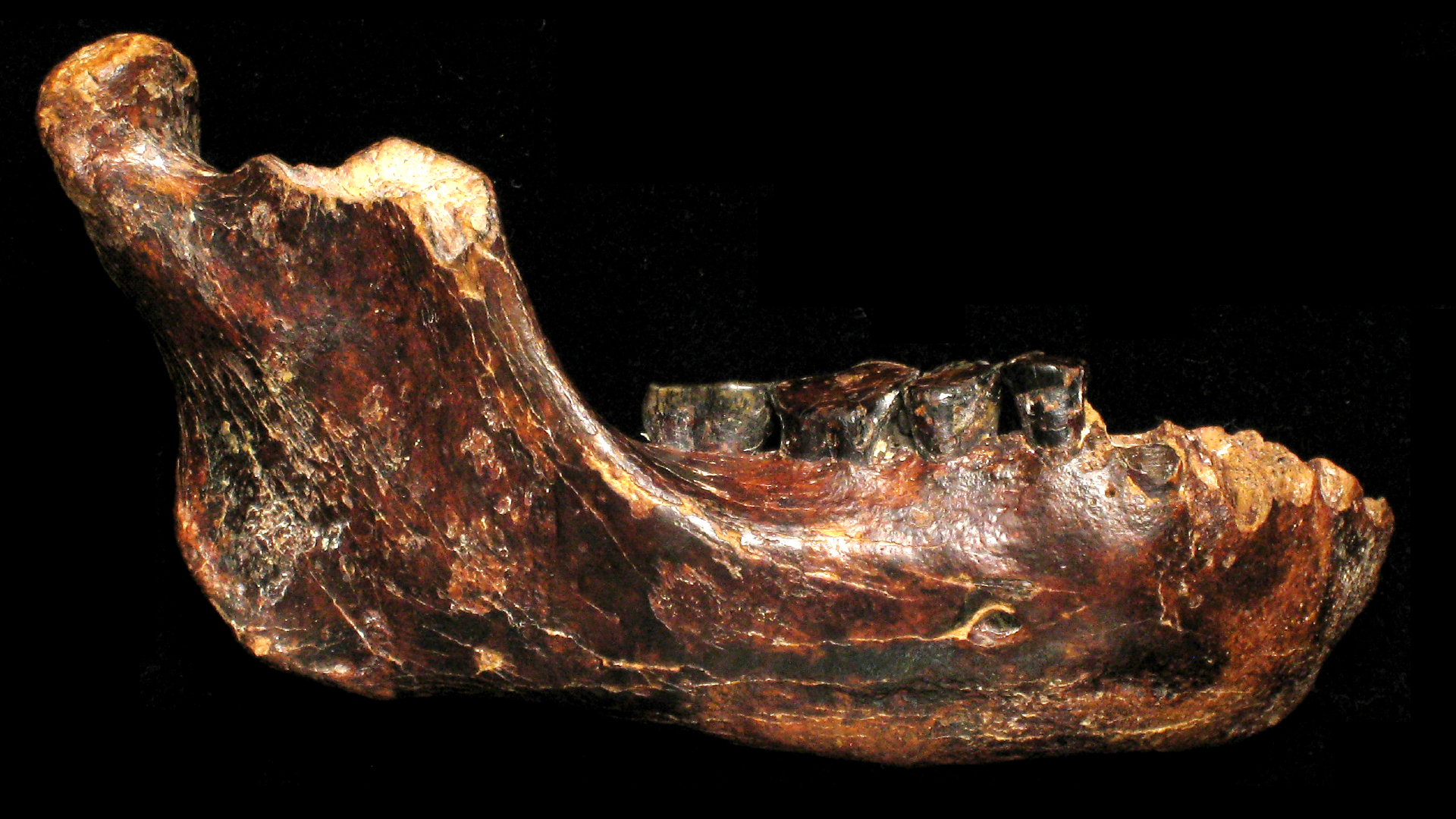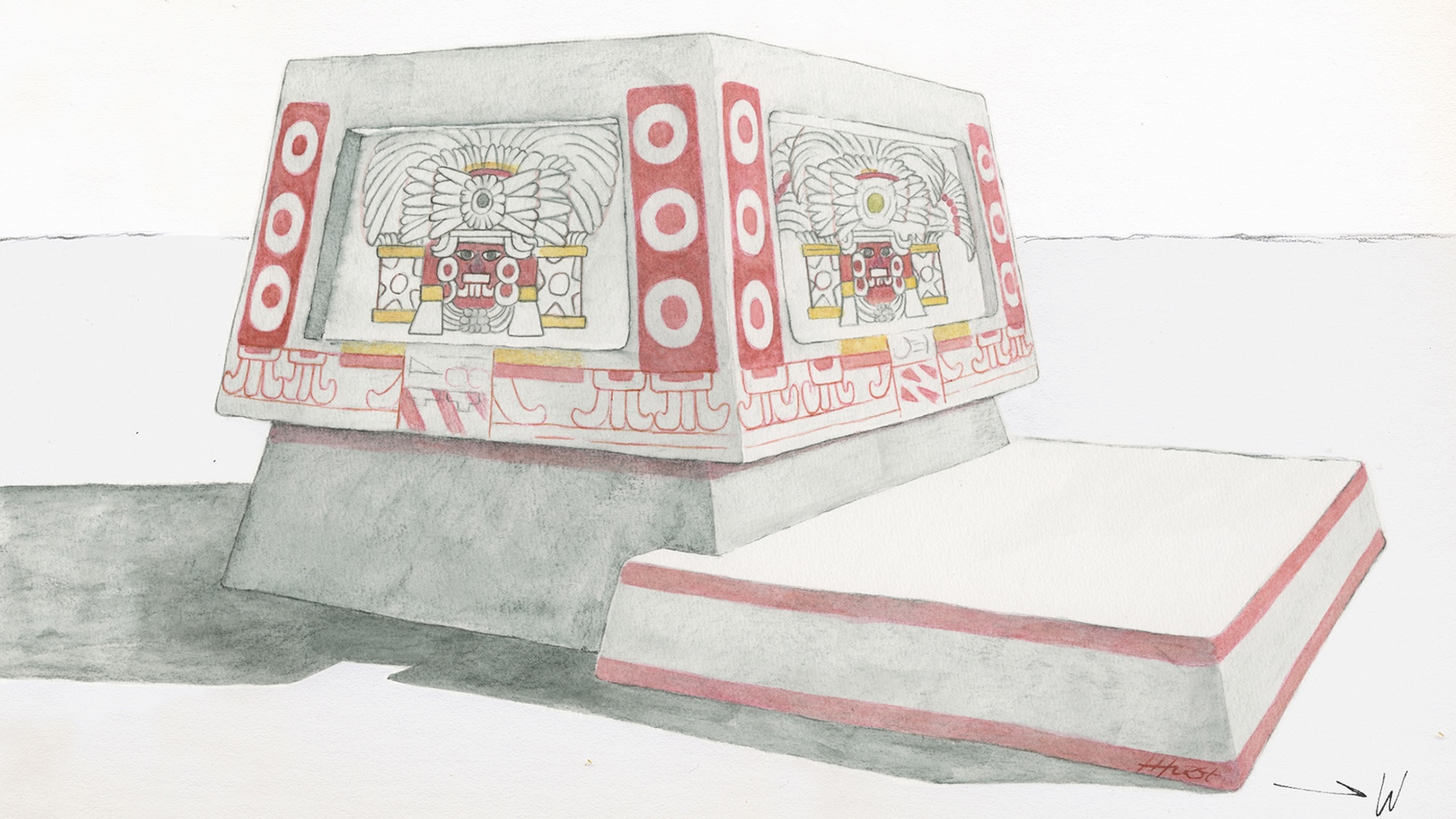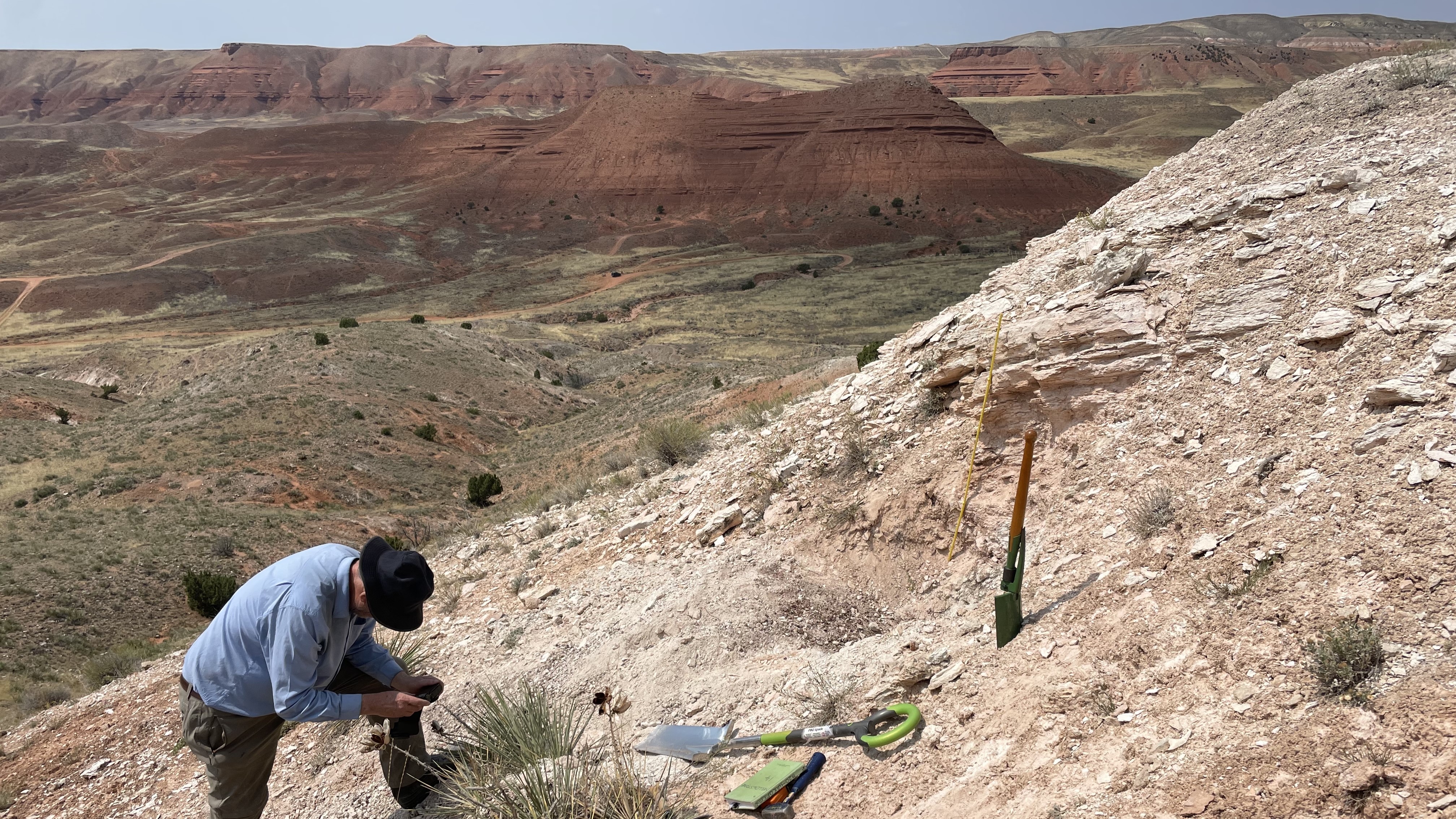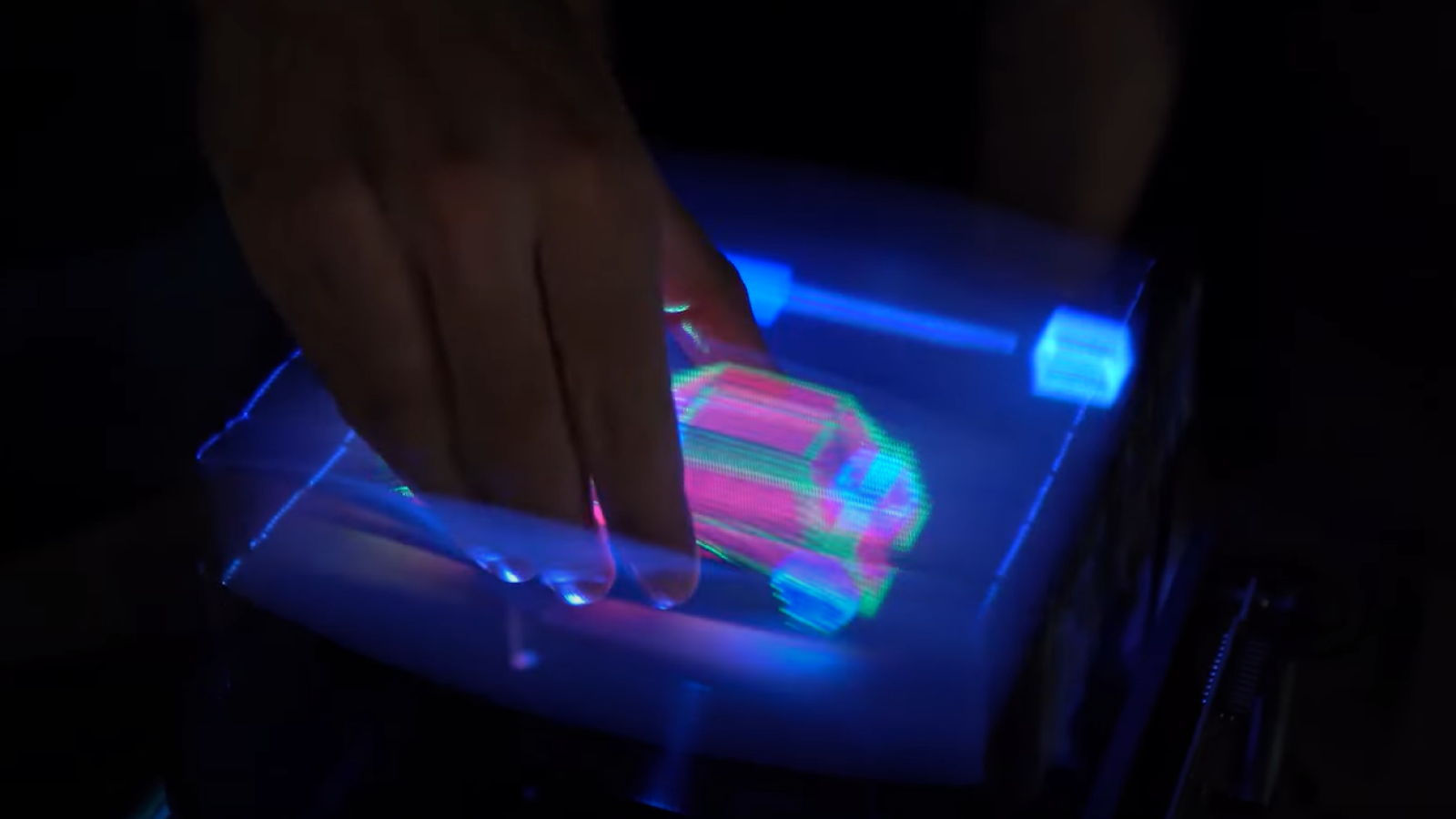2,000-year-old remains of London's oldest Roman basilica discovered under office building
Remains of a civic basilica give archaeologists clues to what the original layout of Roman London looked like.
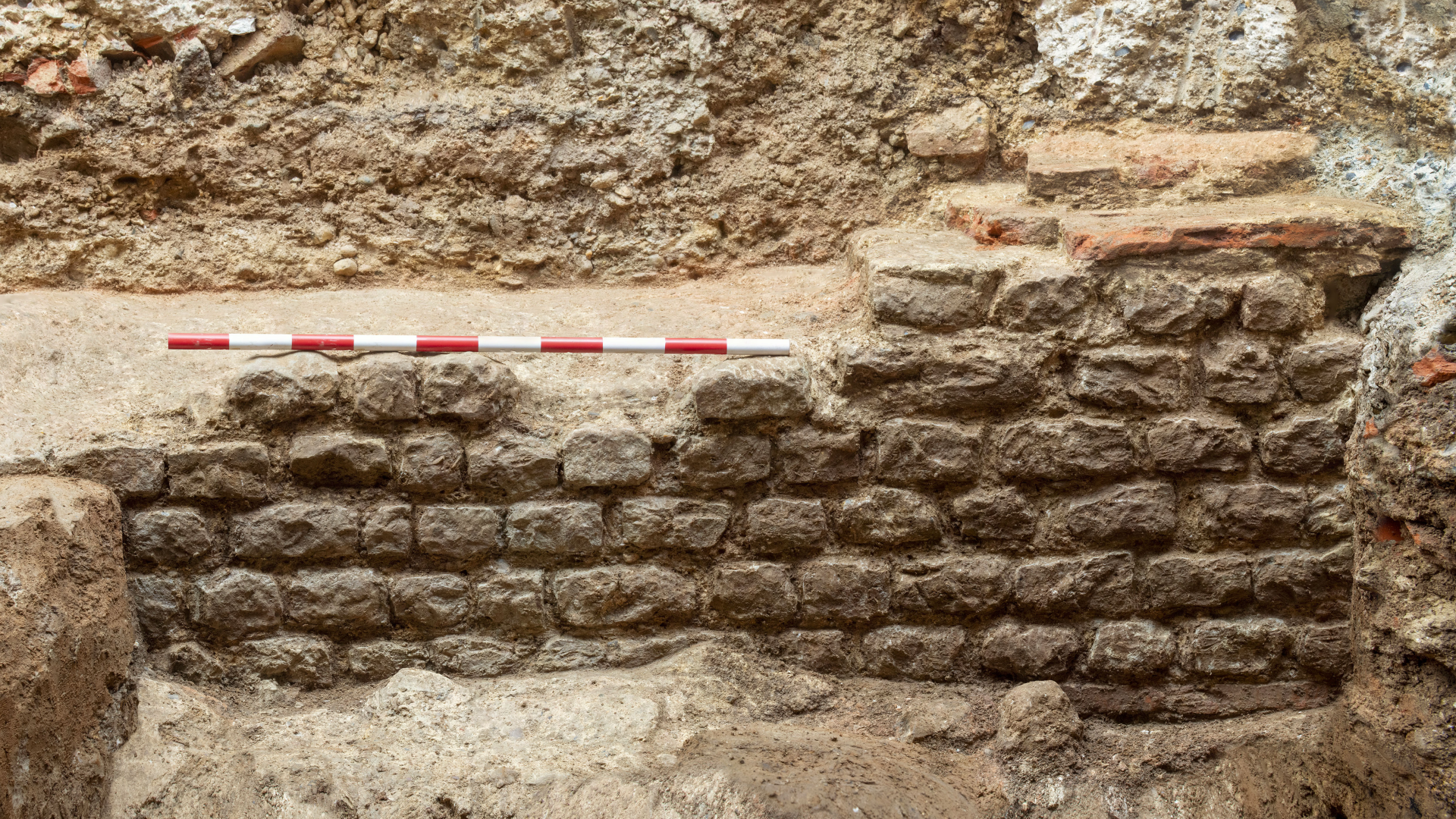
Archaeologists have discovered the 2,000-year-old remains of London's first civic basilica, a large roofed structure used for public assemblies and court hearings. The basilica, whose newly excavated foundations and walls were found in the basement of a commercial building in London, was the first of its kind in Roman Britain.
"This is one of the most significant discoveries made in the City in recent years," Sophie Jackson, director of development at the Museum of London Archaeology, said in a Feb. 13 statement. "The levels of preservation of the Basilica have far exceeded our expectations."
Originally identified by archaeologists in October 2023, the basilica was built around A.D. 70 to 80 as part of the earliest forum in London, then known as Londinium, the capital of the province of Britannia in the Roman Empire. The original forum complex was about the size of a soccer field, but it was demolished around A.D. 120 to make way for the second forum complex, which was almost five times larger. As a result, little was known about the size and shape of the original forum.
New excavations have revealed that the first basilica was constructed from a mix of ceramic tiles, flint and stone. In some areas, walls up to 32 feet (10 meters) long were preserved, and they likely supported a structure that was two or three stories tall.
Experts think they have found the tribunal — a raised area of the basilica where Roman judges presided over legal matters and political leaders made decisions about the governing of Londinium and beyond.
Related: People have been dumping corpses into the Thames since at least the Bronze Age, study finds
"The Basilica helps to tie the City's existing archaeological landmarks together showcasing how our City has been shaped, and continues to be shaped, by our unique history," Chris Hayward, policy chairman of the City of London Corporation, said in the statement.
Sign up for the Live Science daily newsletter now
Get the world’s most fascinating discoveries delivered straight to your inbox.
Plans are in the works to open the basilica to the public, according to the statement, as the surviving remains will be incorporated into an exhibition and event space through a partnership between Hertshten Properties, which owns the site, and the London Museum. The public exhibit is expected to open by 2030.
Roman emperor quiz: Test your knowledge on the rulers of the ancient empire

Kristina Killgrove is a staff writer at Live Science with a focus on archaeology and paleoanthropology news. Her articles have also appeared in venues such as Forbes, Smithsonian, and Mental Floss. Killgrove holds postgraduate degrees in anthropology and classical archaeology and was formerly a university professor and researcher. She has received awards from the Society for American Archaeology and the American Anthropological Association for her science writing.
You must confirm your public display name before commenting
Please logout and then login again, you will then be prompted to enter your display name.

